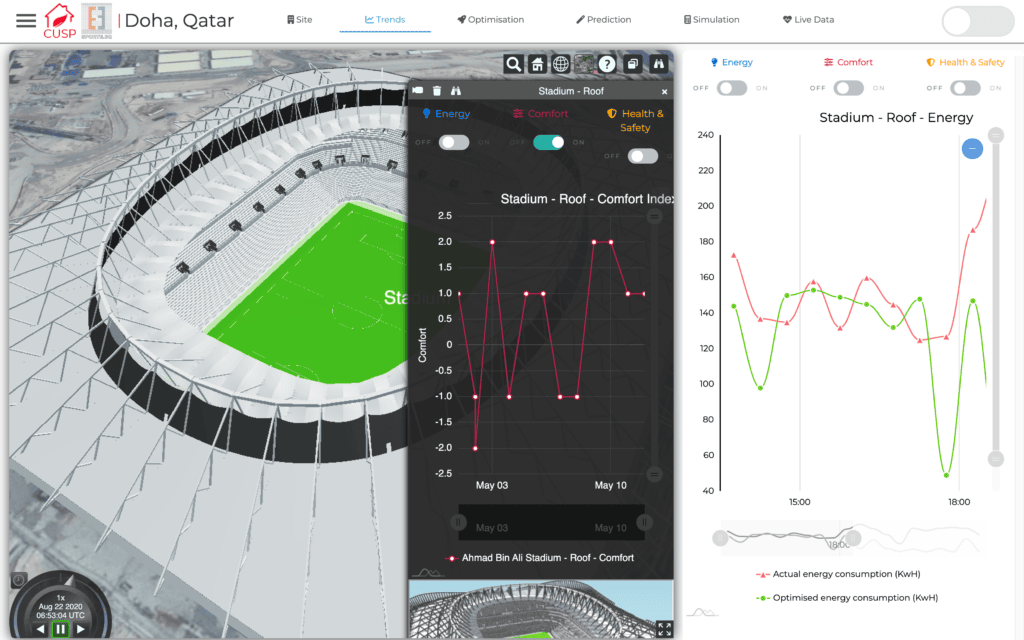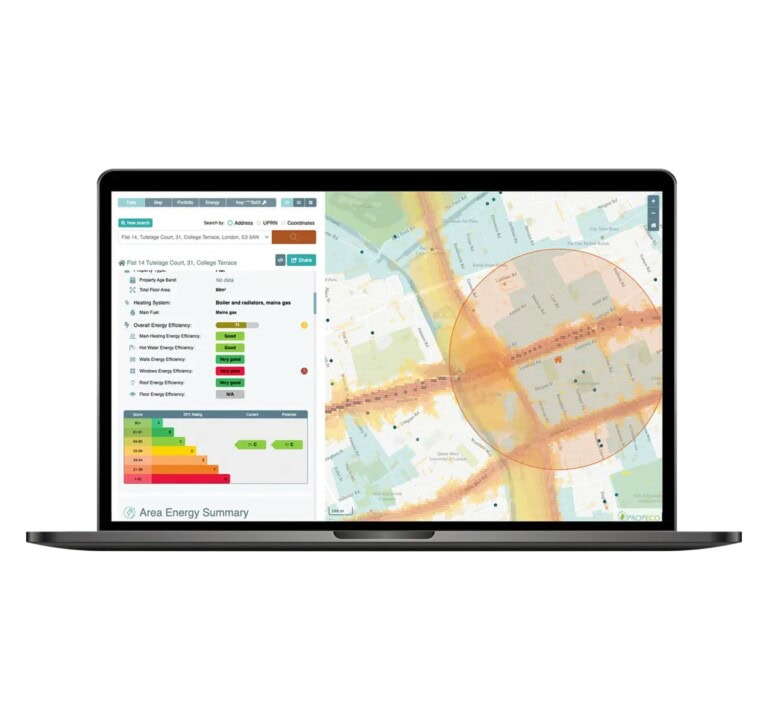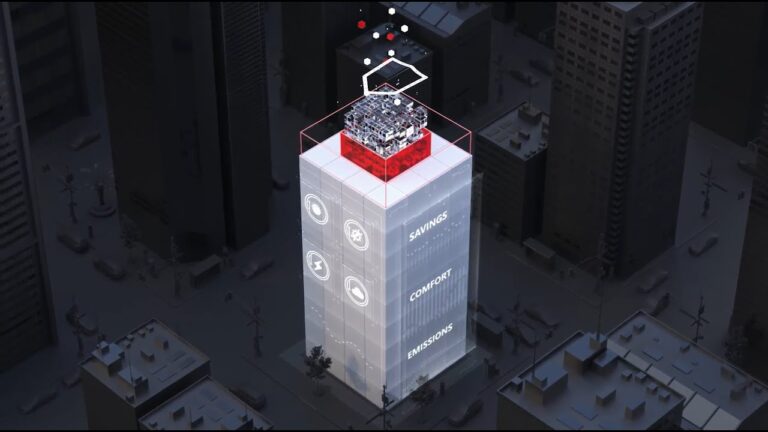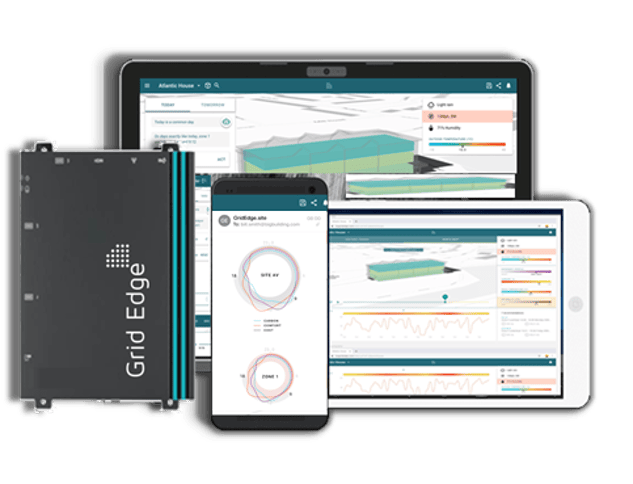Building Optimisation Software Using AI and Digital Twins

Problem Addressed
UKGBC’s Whole Life Carbon Roadmap targets a 29% reduction in the average non-domestic building energy intensity by 2030, with a further 20% reduction by 2040. Alongside a mix of strategies for reducing these emissions, the roadmap sees building operational optimisation as a vital step since direct and indirect building operation emissions amounted to 3.7 GtCO2e in 2022 according to the IEA. However, nearly 90% of non-domestic buildings don’t have Building Management Systems (BMS) and therefore are not monitored or managed effectively.
Case Study
The Santa Maria de Lamas pilot implemented Optimise AI’s building optimisation solution to reduce their heating and energy consumption. The project included two indoor pools along with two gyms. The software optimised the supplied thermal energy and fan electricity consumption to achieve the optimal indoor thermal conditions while minimising the energy used for the air treatment. Additionally, Optimise AI monitored and optimised water heating and electric energy for indoor and outdoor lighting.
The following savings and reductions were achieved:
- Electrical energy savings of 30%
- Thermal energy savings of 42%
- Electrical CO2 reduction of 24%
- Thermal CO2 reduction of 34%
Facts and Figures
This page presents data, evidence, and solutions that are provided by our partners and members and should therefore not be attributed to UKGBC. While we showcase these solutions for inspiration, to build consensus, and create momentum for climate action, UKGBC does not offer commercial endorsement of individual solutions. If you would like to quote something from this page, or more information, please contact our Communications team at media@ukgbc.org.
Related
Structured data on building performance

AI-powered platform to assess homes

Autonomous AI HVAC optimisation

Commercial building energy optimisation

